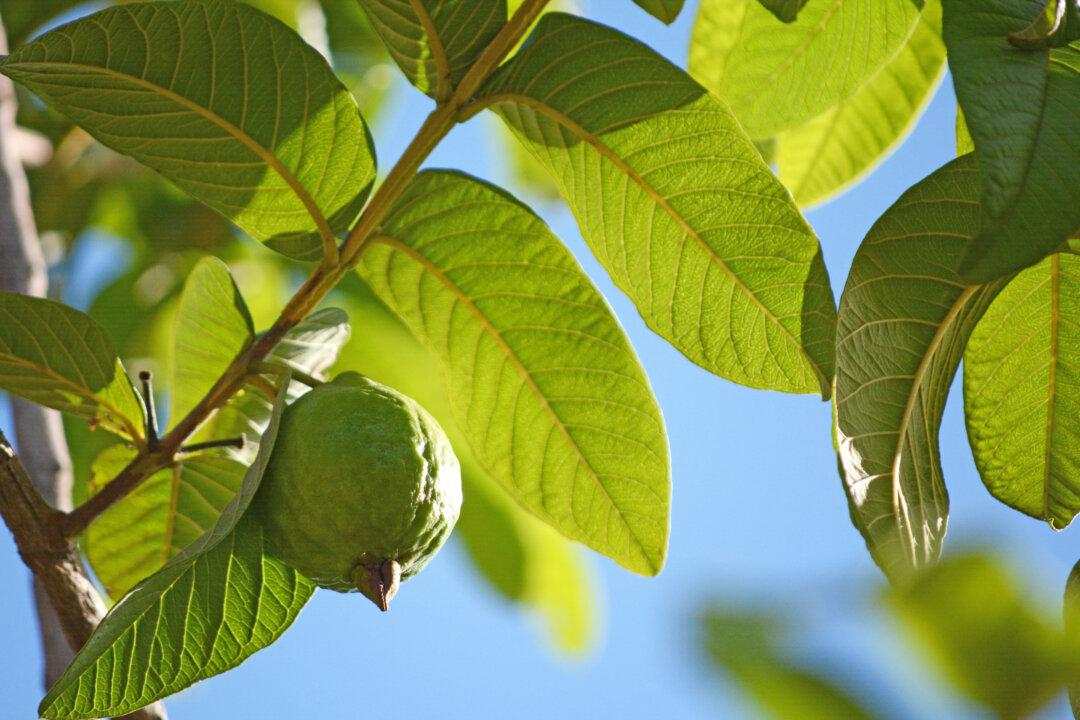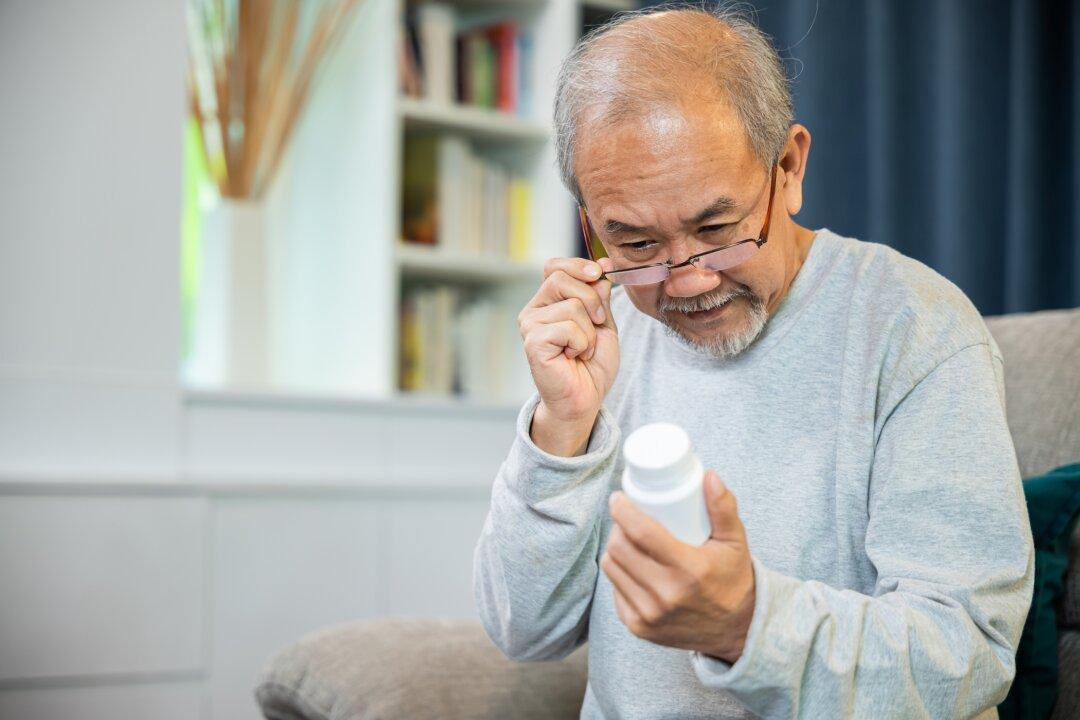There’s more to wasabi—or Japanese horseradish—than being the best condiment for sushi. Scientifically known as Wasabia japonica (Miq.) Matsum, this perennial plant native to Japan has been cultivated for over a thousand years.[i] It’s now grown in other countries as the interest in Japanese cuisine grows.
Wasabi, most well-known for its sharp, pungent flavor and vibrant green color, is a cruciferous vegetable that grows along stream beds in Japan’s mountain river valleys as well as in parts of China, New Zealand, North America, and Korea.





